
We’ve officially entered 2025, yet somehow, people still believe ostriches bury their heads in the sand and goldfish forget your existence after three seconds.
We’re here to change that. Animal myths have been passed down for generations—some born out of outdated science, others straight from staged nature documentaries, and way too many from cartoons. But today, we’re putting an end to the misinformation. Whether it’s misunderstood predators, gentle giants turned villains, or wildlife “wisdom” that belongs in a coloring book, these are the myths we should’ve retired long ago.
It’s time to give animals the scientific credit they deserve—and stop clinging to facts that were never facts to begin with. Let’s get myth-busting.
1. Bats Are Blind
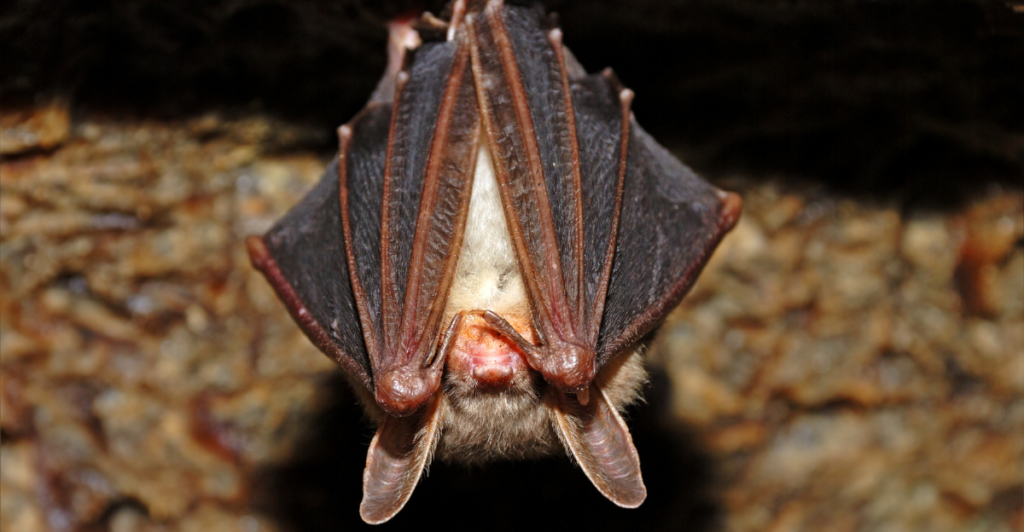
Despite the phrase “blind as a bat” being thrown around like a punchline, bats are far from vision-impaired. In fact, most species have perfectly functional eyesight, and many can even see better than humans in low light.
Some bats are capable of seeing ultraviolet light, giving them an edge in detecting flowers and prey. Their famous echolocation isn’t a backup plan—it’s an evolutionary bonus that helps them navigate in complete darkness while still seeing just fine. Fruit bats, in particular, rely more on their vision than sound when foraging.
So no, they’re not flying blind—they’re flying with a full sensory toolkit. It’s time to ditch the outdated stereotype and give these flying mammals the respect they deserve.
2. Goldfish Only Have a 3-Second Memory
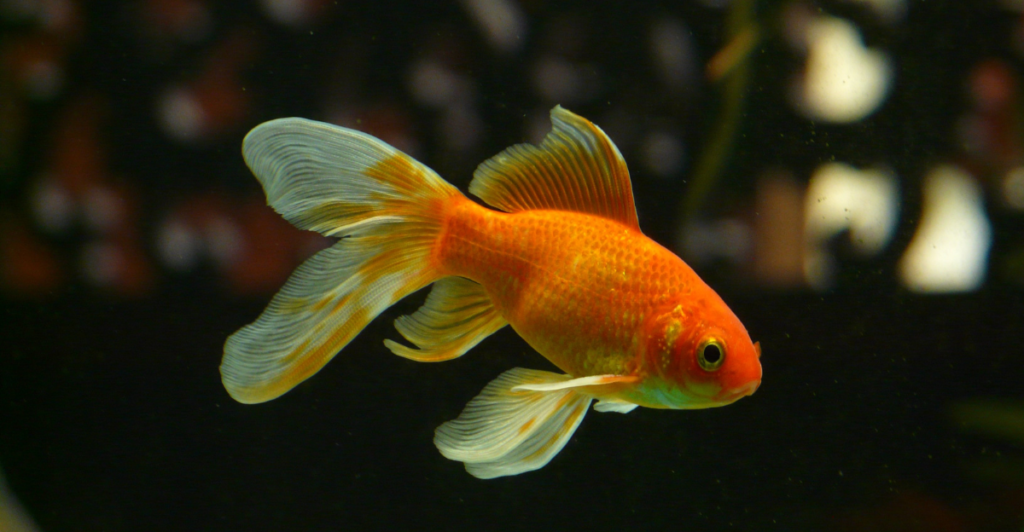
It’s the go-to punchline: “You’ve got the memory of a goldfish.” But science says otherwise. Goldfish have been shown to remember events, people, and routines for months.
In experiments, they’ve learned to navigate mazes, differentiate shapes and colors, and even associate feeding times with visual cues. These tiny fish are far from brainless; they’re just underestimated. If you’ve got a goldfish at home, chances are it recognizes your face and can anticipate your movements.
That dazed look? It’s not forgetfulness—it’s boredom from you underestimating its intelligence. So, next time someone calls you a goldfish, feel free to take it as a compliment. You’re way sharper than they think.
3. Ostriches Bury Their Heads in the Sand
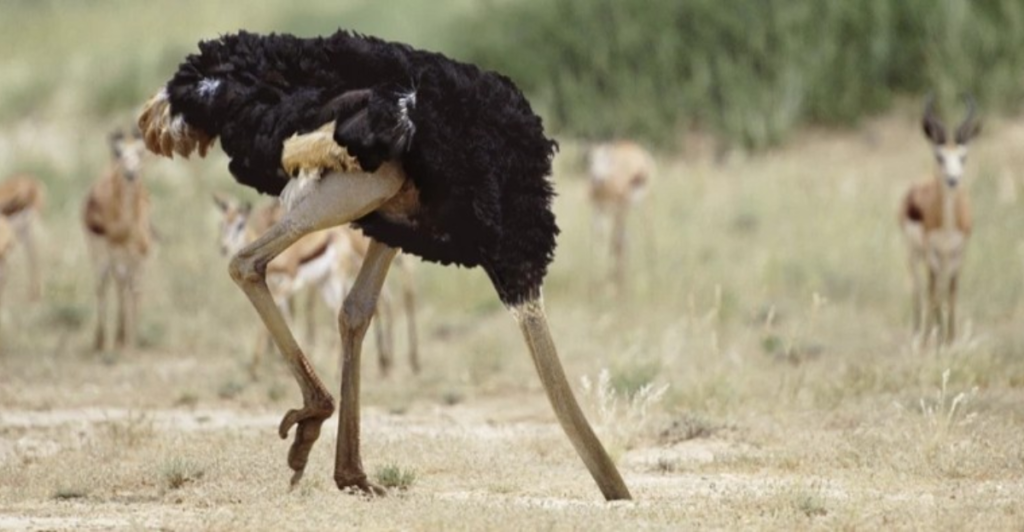
This one needs to disappear forever. Ostriches don’t bury their heads in the sand when they’re scared—because that would be a terrible survival tactic. What they actually do is lower their heads close to the ground to blend in with their surroundings.
Their light-colored feathers help them camouflage against sandy terrain, making it look like they’ve disappeared when they’re just staying still. If threatened, ostriches don’t hide—they run. And they’re fast. They can hit speeds up to 60 km/h and defend themselves with powerful kicks.
So the idea that they panic and suffocate themselves in the dirt is not just wrong—it’s completely ridiculous. Time to let this ancient cartoon logic go.
4. Sharks Don’t Get Cancer

This myth has stuck around like a bad sequel, mostly thanks to bogus marketing around shark cartilage as a “miracle cure.” In reality, sharks can get cancer—tumors have been documented in several species, including great whites and hammerheads.
The idea that they’re immune likely came from a poorly interpreted 1970s study and snowballed into pseudoscientific nonsense. The worst part? This myth has fueled a multimillion-dollar supplement industry and contributed to shark hunting. Spoiler alert: Shark cartilage doesn’t prevent cancer in humans either. It’s just another sad example of humans misusing bad science for profit.
Sharks are incredible, but let’s not turn them into medical mythology.
5. Lemmings Commit Mass Suicide

Blame a 1958 Disney documentary for this one. In White Wilderness, filmmakers faked a lemming suicide scene by literally shoving the tiny rodents off a cliff to create dramatic footage.
The myth stuck hard—but in reality, lemmings do not commit mass suicide. What’s actually happening is migration. When lemming populations boom, they start traveling in large groups to find new food sources. Sometimes, during these migrations, a few may fall into rivers or drown accidentally—but it’s not intentional and certainly not organized.
Lemmings are just doing what animals do: surviving. Let’s stop accusing them of being suicidal when they’re just victims of outdated propaganda.
6. Touching a Baby Bird Will Make Its Mom Abandon It
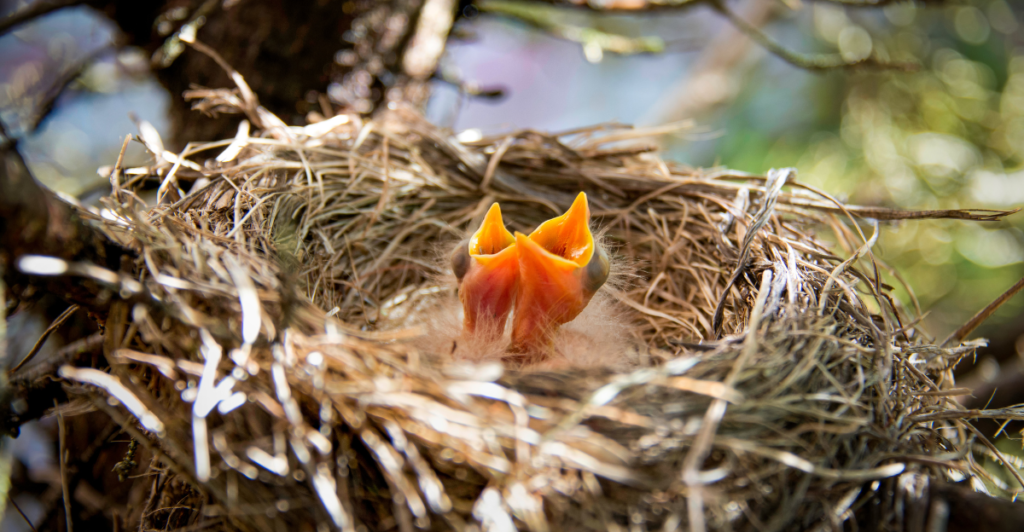
This one has been repeated on playgrounds and by overprotective adults for decades, but it’s totally false. Most birds have a terrible sense of smell, so the idea that they can sniff out your scent and reject their baby is just not true.
What birds can do is get stressed if you hover or disturb the nest for too long. But if a chick falls from the nest and you gently place it back, the parents will almost always return.
Birds are fiercely devoted to their young and aren’t going to abandon them over a human fingerprint. Still, it’s best to avoid interfering unless necessary—but not because of this myth.
7. Wolves Operate in “Alpha” Hierarchies

The whole “alpha wolf” idea came from outdated research on captive wolves forced into artificial packs. In the wild, wolves don’t fight for dominance—they live in family groups led by the parents, not some aggressive “alpha” leader.
There’s no ladder-climbing or constant challenges like we’ve seen in bad nature documentaries. Instead, wolf packs operate more like tightly knit families, with shared responsibilities and cooperation. This myth has been especially harmful, reinforcing toxic ideas of dominance in both animals and humans (looking at you, dog trainers).
Let’s leave the Hollywood version of wolves behind and embrace the science: they’re complex, intelligent, and deeply social animals—not gladiators fighting for control.
8. Bulls Hate the Color Red

Bullfighting may be dramatic, but the color red has nothing to do with a bull’s aggression. Bulls are red-green colorblind, meaning they can’t even distinguish red from green or gray.
What actually triggers their charge is movement—not color. The red cape (called a muleta) is more for the audience’s spectacle than the bull’s rage. So if you wore a neon blue jumpsuit and waved it dramatically, the bull would respond just the same. The idea that bulls “see red” and become enraged is pure myth-making, perpetuated for theatrical flair.
The truth? Bulls aren’t color-haters—they’re motion-sensitive athletes reacting to threat cues.
The Truth Is Wilder Than the Myth
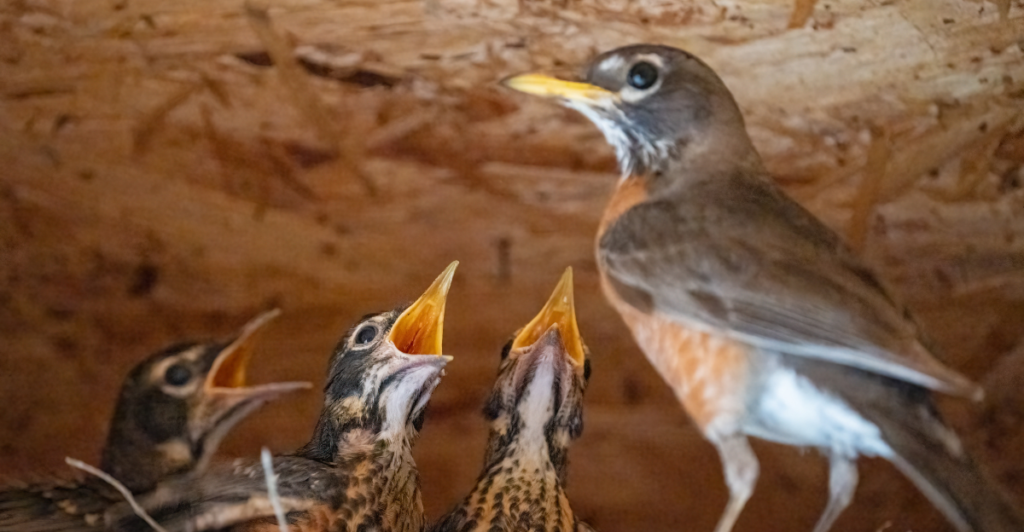
Animal myths are like pop songs from the ‘90s—catchy, repeated endlessly, and rarely based on facts. But the real science is often more fascinating than fiction.
Bats can see, goldfish can remember your entire feeding schedule, and sharks aren’t immune to disease—they’re just wild animals trying to survive, often misunderstood by humans looking for drama. So let’s make 2025 the year we retire the clichés, question the viral “facts,” and start talking about animals based on real evidence.
It’s better for the animals. It’s better for science. And honestly? It’s way more interesting. Myth busted.
Explore more of our trending stories and hit Follow to keep them coming to your feed!

Don’t miss out on more stories like this! Hit the Follow button at the top of this article to stay updated with the latest news. Share your thoughts in the comments—we’d love to hear from you!







